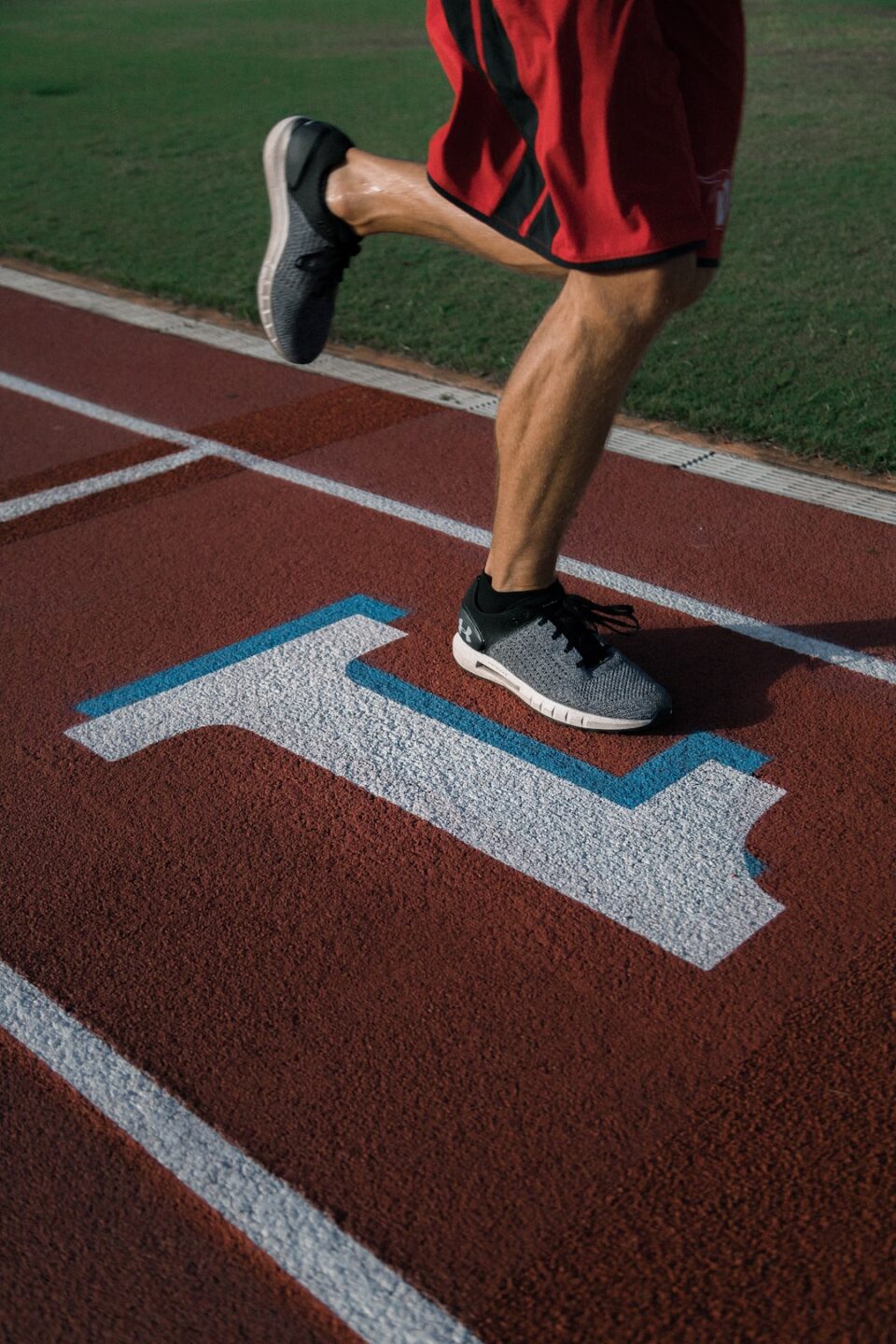Athletics and Gender Equality: Breaking Barriers for Female Athletes
In recent years, the world of athletics has witnessed a tremendous shift towards gender equality, with female athletes breaking barriers and shattering stereotypes. The journey towards achieving gender parity in sports has been a long and challenging one, but one that is yielding remarkable results. In this blog post, we will explore some of the significant milestones that have been achieved in promoting gender equality in athletics, as well as the ongoing challenges that female athletes continue to face.
Historically, sports have been dominated by men, with limited opportunities for women to participate and excel. Women were often discouraged from pursuing athletic careers, and existing gender norms perpetuated the notion that physical strength and athletic prowess were inherently male attributes. However, with the rise of feminist movements and increased awareness about the importance of gender equality, the landscape of athletics began to change.
One of the major turning points was the establishment of the Women’s Sports Foundation in 1974 by Billie Jean King, a renowned tennis player and advocate for gender equality. The foundation aimed to promote sports and physical activity for girls and women, while also advocating for equal opportunities for female athletes. This marked the beginning of a new era, where female athletes were no longer limited by societal expectations and traditional gender roles.
Fast forward to the present day, and we can see how far we have come in promoting gender equality in athletics. The inclusion of women’s sports in major international events such as the Olympics and the World Cup is a testament to the progress made in breaking down barriers and providing equal opportunities for female athletes. These global platforms have allowed female athletes to showcase their skills, talent, and determination, inspiring countless young girls to dream big and pursue their athletic aspirations.
Moreover, social media has emerged as a powerful tool in giving female athletes a voice and creating a platform for them to share their experiences and challenges. Female athletes are increasingly using their online presence to advocate for gender equality and raise awareness about the issues they face in the world of sports. This online activism has garnered significant support and has led to tangible changes in policies and practices within sporting organizations.
Despite the remarkable progress made, female athletes continue to encounter various barriers and challenges. One of the most persistent issues is the persisting gender pay gap in sports. Female athletes often receive significantly lower salaries and prize money compared to their male counterparts, highlighting the ongoing inequalities that exist within the industry. This disparity not only reflects a lack of recognition for the achievements and efforts of female athletes but also perpetuates existing gender biases and stereotypes.
Additionally, female athletes also face challenges in terms of representation and media coverage. Women’s sports receive far less media attention compared to men’s sports, resulting in limited exposure and opportunities for female athletes to gain recognition and sponsorship deals. This lack of representation sends a discouraging message to aspiring female athletes and further reinforces the idea that women’s sports are inferior to men’s.
Another significant challenge that female athletes encounter is the struggle to balance their athletic careers with personal life, particularly in terms of motherhood. The physical demands of sports can make it challenging for female athletes to start or grow their families. The lack of support and provisions for maternity leave or childcare further exacerbates this issue, leading to many talented athletes having to compromise their careers or quit altogether.
To overcome these challenges and fully achieve gender equality in athletics, concerted efforts are needed from all stakeholders involved. Sporting organizations must actively work towards creating equal opportunities and fair compensation for female athletes. Media outlets and sponsors must play their part by increasing coverage of women’s sports and supporting female athletes financially. Additionally, society as a whole must continue to challenge gender stereotypes and celebrate the achievements of female athletes.
In conclusion, the progress achieved in promoting gender equality in athletics is undoubtedly commendable, but there is still much work to be done. Female athletes have proven time and again that they possess incredible talent, strength, and determination. It is our collective responsibility to support them, break down the remaining barriers, and create a world where female athletes are truly on an equal footing with their male counterparts. Only then can we truly unlock the full potential of athletics as a platform for inspiring greatness, irrespective of gender.

